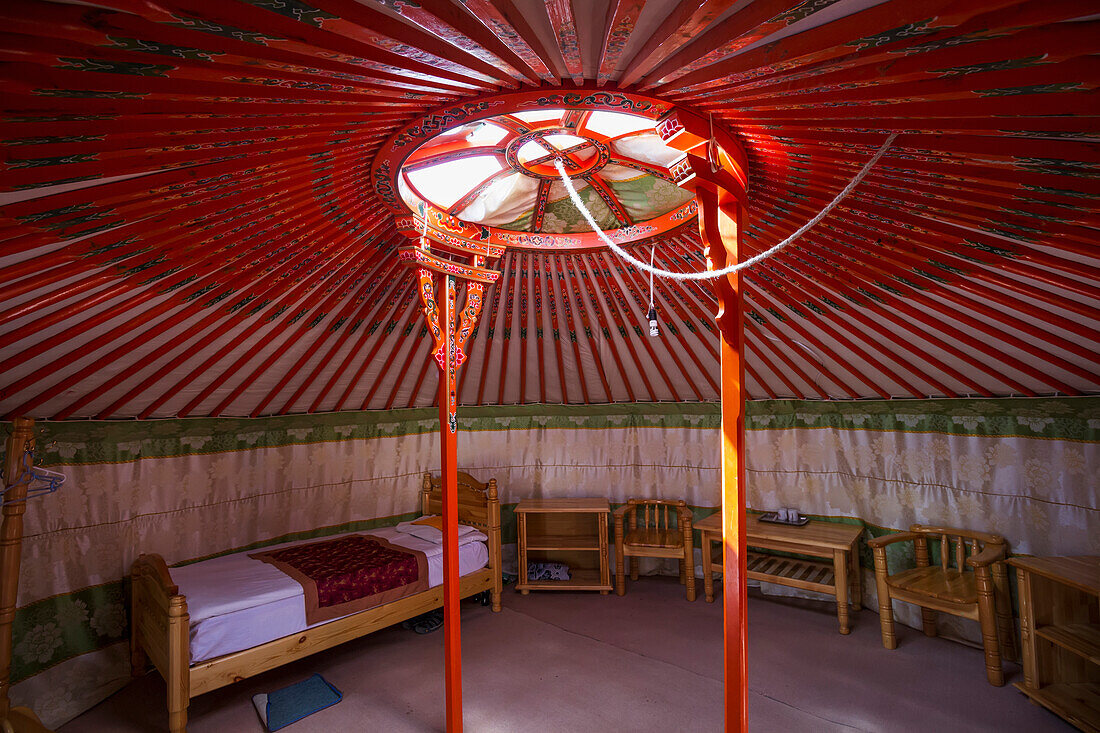
18 Oct Cultural Reflections: What Mongolian Furniture Reveals about Mongolian Society and Values
Whether you are a History or a Culture studies student, an actual Historian, or just a casual person who loves to study about cultures, this blog post will provide you with a peak into Mongolian culture.
Mongolian traditional furniture does more than serve practical needs—it embodies the values and cultural principles of Mongolian society. By examining specific pieces and their roles in daily life, we can gain insight into how Mongolians lived, honored their traditions, and connected with their surroundings.
1. Family and Community
The Avdar, or storage chest, is a central piece in every Mongolian ger. More than just a place to store clothes and valuables, it symbolizes the family’s shared life and cooperation. Positioned along the northern wall—the most honored part of the ger—these chests often feature vibrant, symbolic decorations like the Eternal Knot or animal motifs, representing the family’s unity and protection. During important family ceremonies, like weddings or religious rituals, the chest might be used to store heirlooms or ceremonial objects, reinforcing the idea that the family’s heritage is both literal and symbolic.
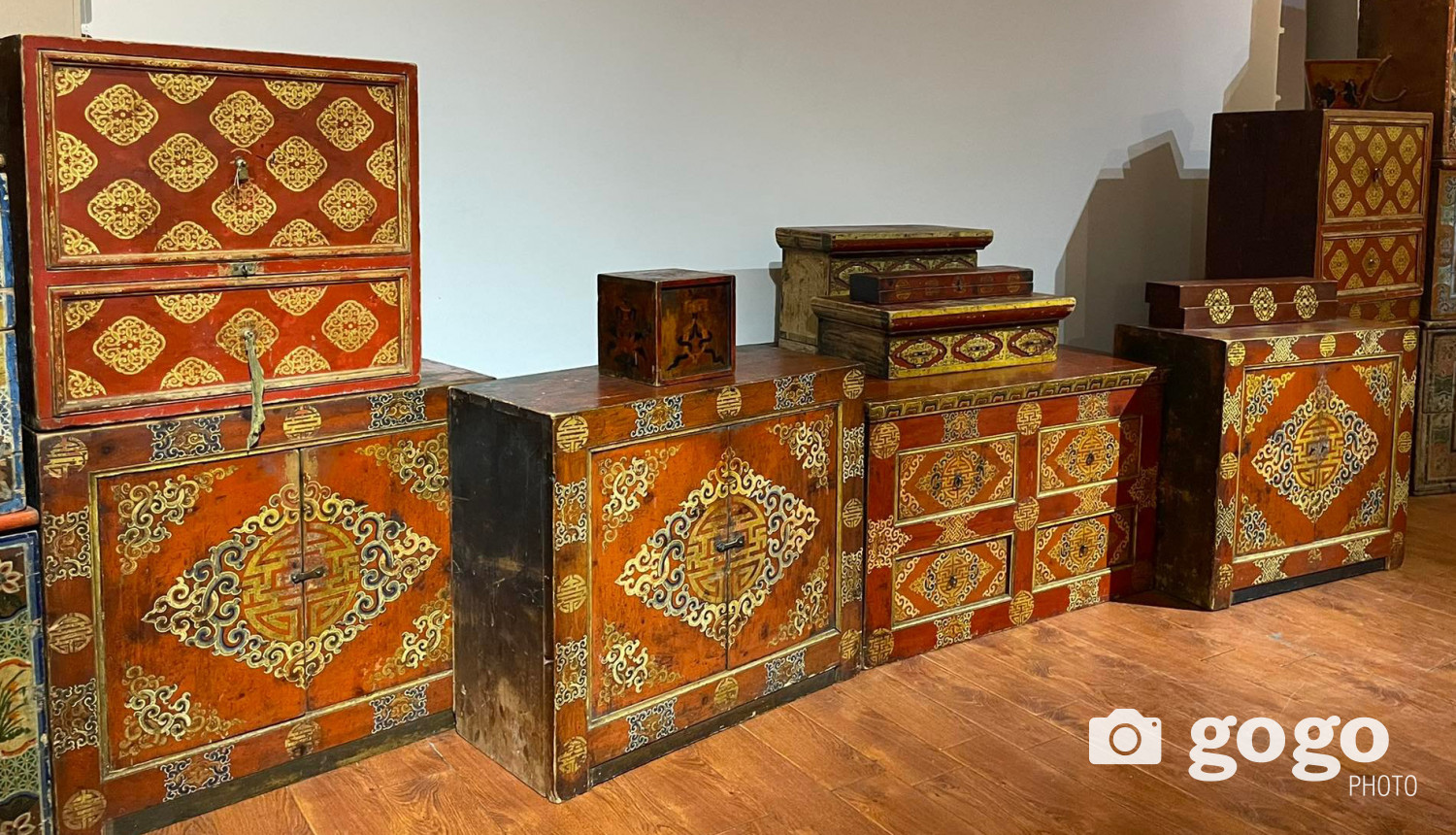
2. Respect for Nature
The materials and designs used in traditional Mongolian furniture reflect a deep respect for the environment. For example, the Shiree, a low, multi-functional table, is often painted with images of horses, birds, or plants—motifs that symbolize Mongolia’s natural world. The use of lightweight, locally sourced woods like pine or birch for crafting these tables shows the Mongolian appreciation for sustainable living. Because nomads had to move frequently, the furniture had to be portable but also durable, reflecting a harmonious relationship with nature. The motifs of nature are a constant reminder of their dependence on and respect for the land and animals that support their way of life.
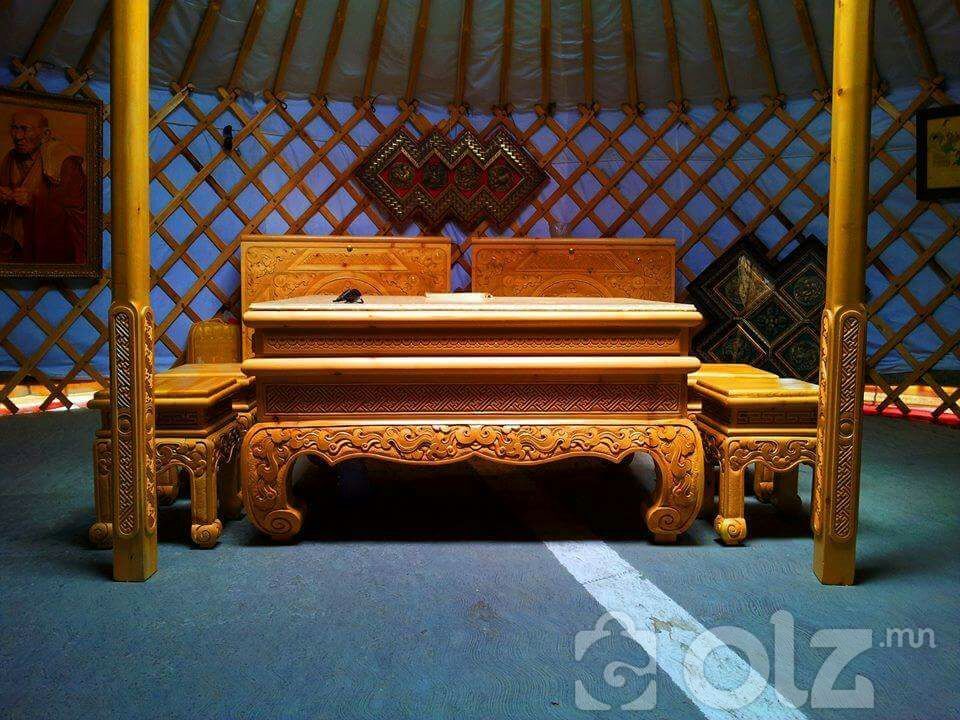
3. Spirituality
Spiritual beliefs are visibly reflected in pieces like the Buten shiree, a smaller altar table often used for religious ceremonies. Mongolians traditionally practiced shamanism and later adopted Tibetan Buddhism, which is mirrored in the furniture’s design. This altar table is typically adorned with religious symbols, such as the Lotus flower or Om mani padme hum, and is placed in the north side of the ger, considered a sacred space. The intricate carvings and symbolic paintings are believed to create a protective and auspicious environment, showing how Mongolians intertwined their spiritual life with the physical layout of their homes.
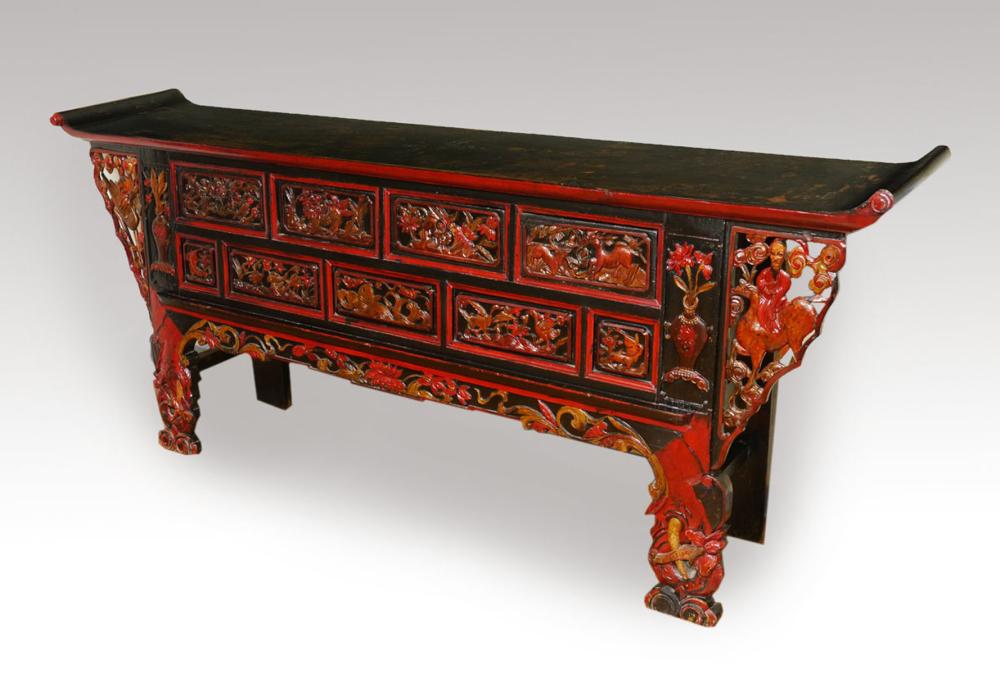
4. Practicality and Aesthetics in Balance
The Or (bed) is a clear example of Mongolian craftsmanship that marries function and beauty. Beds in a Mongolian ger are typically low and built from lightweight wood, designed for easy transport during nomadic migrations. However, despite their functional nature, these beds are often adorned with beautiful carvings and bright colors. Traditional Mongolian beds are painted with floral patterns and geometric designs that not only make them aesthetically pleasing but also reinforce cultural values—flowers may symbolize growth and prosperity, while geometric designs often carry protective meanings. These beds are not just places to sleep; they are reflections of Mongolian artistry and values that endure even in the most functional of items.
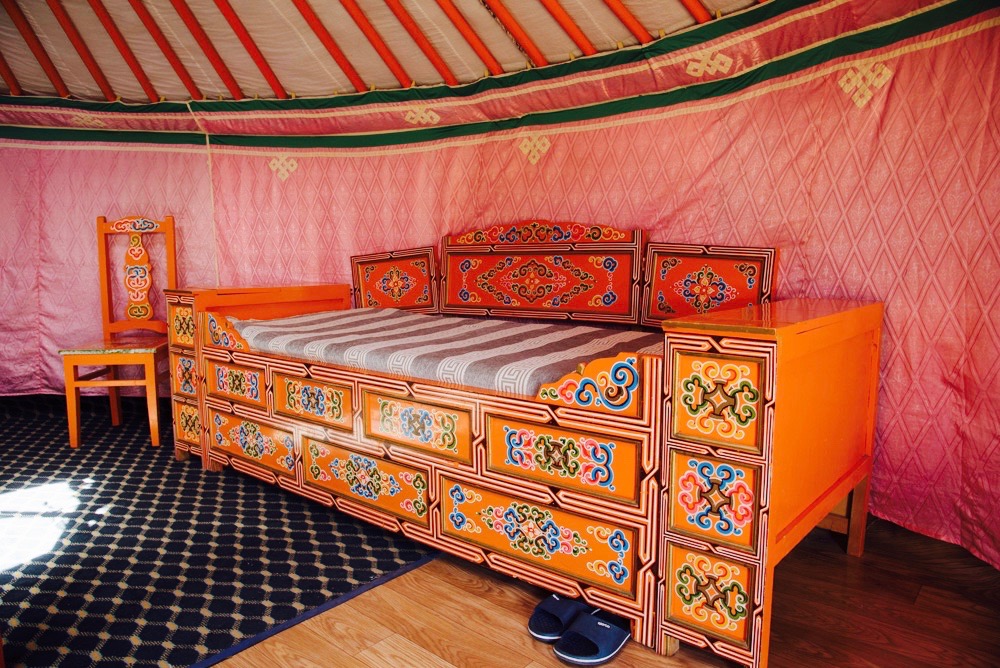
5. The Yurt (Ger): The Heart of Nomadic Life
The yurt is a portable, round tent that serves as a mobile home for nomadic families. Its circular structure represents the cycle of life and the connection to the universe, with the roof opening—known as the Toono—often seen as a symbol of the sky and the heavens. Inside the yurt, Mongolian furniture is arranged according to cultural traditions, with each piece serving a specific purpose in family life and spiritual practice.
The yurt itself reflects key Mongolian values:
Respect for Nature: The yurt is made from natural materials—wood, felt, and animal skins—underscoring the Mongolian connection to the environment.
Family and Community: The central firepit, around which the furniture is placed, serves as a gathering place for the family, symbolizing warmth and unity.
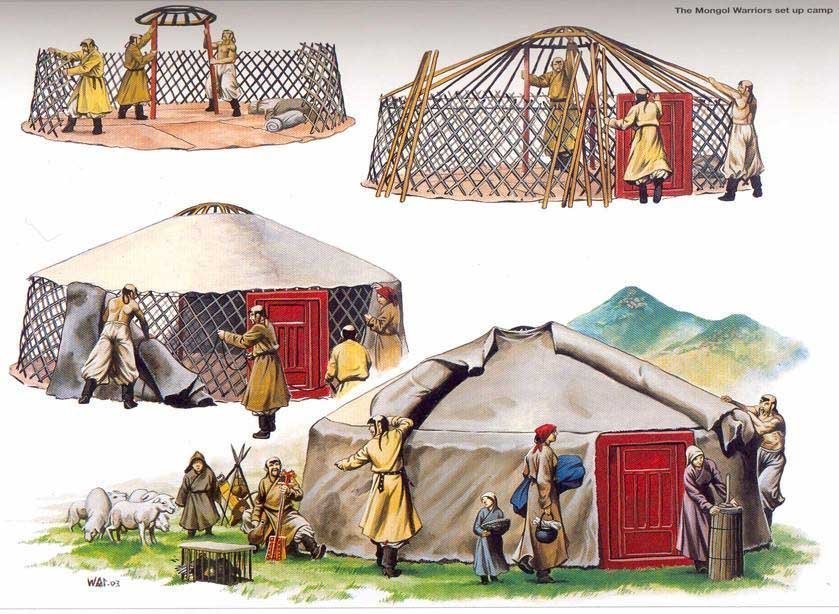
Conclusion
Mongolian traditional furniture serves as a tangible representation of the country’s core values: family, community, respect for nature, and spirituality. Each piece—whether a humble storage chest or a ceremonial altar—carries cultural significance, weaving beauty, meaning, and practicality together. For those looking to understand Mongolian culture, studying the furniture provides a concrete and intimate glimpse into the lives of a people who harmonize their physical world with their values.
If you would like to try out the Mongolian Yurt, visit https://silkroadyurts.com


No Comments